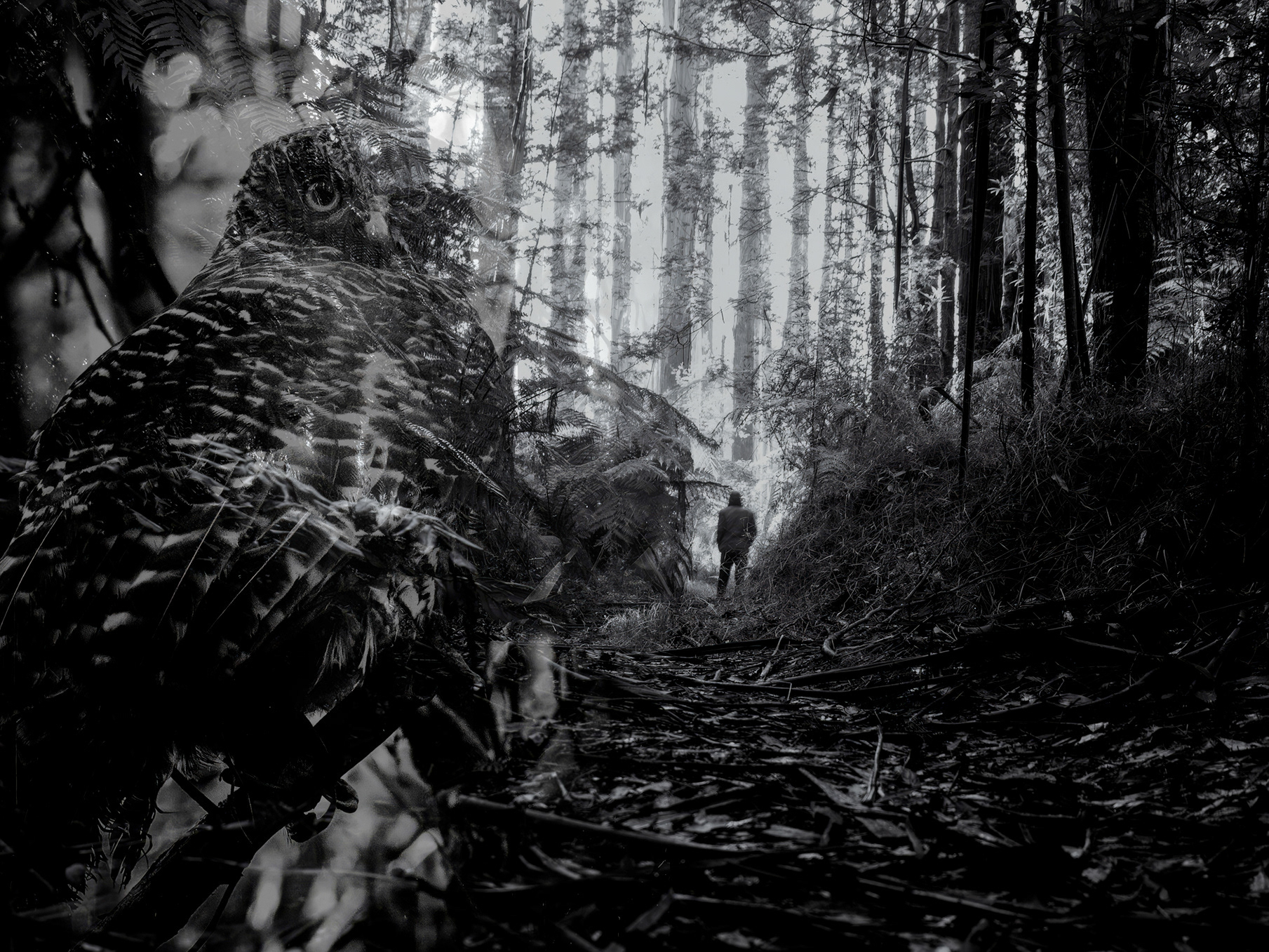Sever:
With the highest mammal extinction rate in the world, deforestation and native forest logging in Australia leaves wildlife homeless, emits carbon and impacts ecosystems. Some examples include the Tallaganda State Forest, where the Greater Glider populations are currently under threat due to continued logging. In Western Australia, Woodside energy proposes to drill 80 gas wells along the coast which would cause irreversible damage to marine life. In the current trajectory of environmental destruction and multi-species extinction, how do these drastic changes affect human life? The implications of this built-up Armageddon have far-reaching consequences on flora and fauna and scientists predict it will increasingly affect human life in future. A tendency that overcomes reason due to a socioeconomic system that perpetuates profit production, yielding a growth imperative that is unsustainable.
A technological isolation from raw nature has enveloped society in such a way that it has led to an emotional death in some people, where they are devoid of feeling anything in regard to this transilience. Conversely, the distress caused by changes to the environment can cause a sense of homesickness when you are still at home, longing for what once existed, a term coined ‘Solastalgia’ over 20 years ago by Glenn Albrecht. To overcome the inertia, anxiety, and paralysis that is so prevalent in society it is important to understand these disconnections and fulfil the human instinct to affiliate with nature in some capacity. Eco philosophers have created a typology to convey the psycho-terratic states or earth emotions as a foundation for building a more sustainable future. The hope is that it will provide engineers, scientists, and other practical people with the conceptual tools necessary to coevolve with nature rather than use it as a resource.







